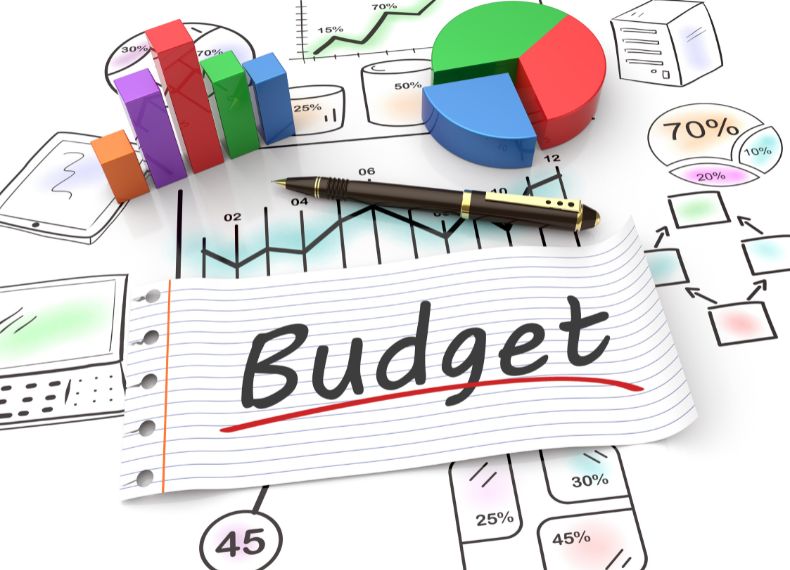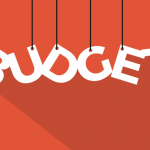If you have a net pay of $2500 a month, how do you pay for food, housing, healthcare, insurance, school loans, debt repayment and have fun without running out of money? Which should you prioritize? How do you still save? “Budget planning”.
Budget planning is the ultimate guide to managing your expenses. Without proper planning, you’ll discover that your monthly expenses will become larger than your average income;
Also, have payment stub generator to easily navigating your taxes and deductions. without further ado, let’s explore how to manage your monthly expense.

What is monthly budget?
A monthly budget is a plan of how you will spend your net income each month. It shows you the summary of your income and total expenses. Your budget will let you keep track of your spending habits. With this tracking, you can set a limit that allows you to achieve your financial objectives.
The goal of your monthly budget is to keep the expenses less than your monthly income.
How can you track your expenses?
Differentiate between your fixed expenses and variable expense
- Fixed expense
Fixed expenses are expenses that do not change from period to period. These expenses cannot be easily changed because they stay the same and are paid on a regular basis. They include Mortgage payments or rent, utilities, home insurance, car insurance, cable television bills, phone bills and groceries.
These bills may be consistent, but you may still be able to lower their cost. For example, you can be less frugal with your utilities like electricity or water. You can also find an alternative car insurance that is more affordable.
The good thing about being able to lower the cost of fixed expenses is that they are recurring; hence, you will pay lower in the coming months.
- Variable expenses
Variable expenses are expenses that change from period to period. They are expenses within your control. You decide how much you want to spend on them. They include groceries, transportation costs, fuel, personal care items, clothing, entertainment, snacks, and magazines.
Take time to review the route that will lower transportation costs, consider the type of brand for your personal care items, would you also rather spend in a restaurant or at home cooking.
This will help you manage your variable expense and overall expenses.
Note your financial priorities.
This involves differentiating your wants and your needs. Are you prioritizing your wants to what expenses you need? For example, are you prioritizing high-branded clothing over house rent?
Create a budgeting procedure
The first step is to find out your Net income, if your employer uses a payment stub generator, you should have a paystub to note down some of your tax and deduction. Especially the deductions, so you can have a feel of what reduces your gross income apart from taxes.
The second step will be creating a budgeting strategy. Try the 50/30/20 rules of budgeting strategy- 50% to your needs, 30% to your wants and 20% to savings. You should try to automate your savings.
The third step is to track your progress, it will not be easy to leave old habits of spending more on your wants. Have an accountability partner that you can create goals together with.
Expenses are never-ending, but you can manage them.
Make paystubs for as an employeee using our Real Check Stubs paystub maker.











